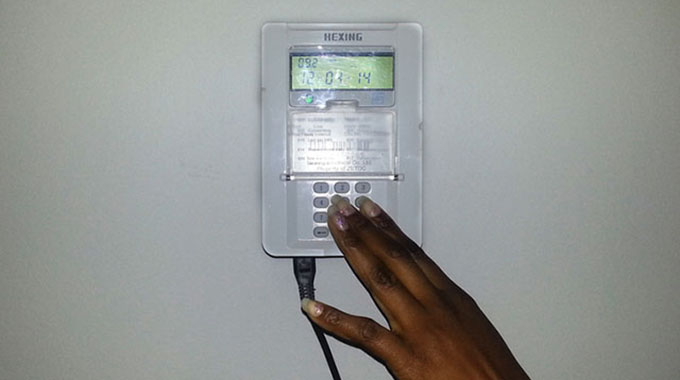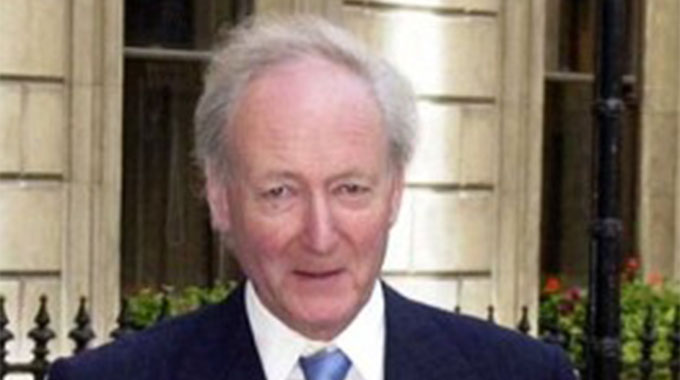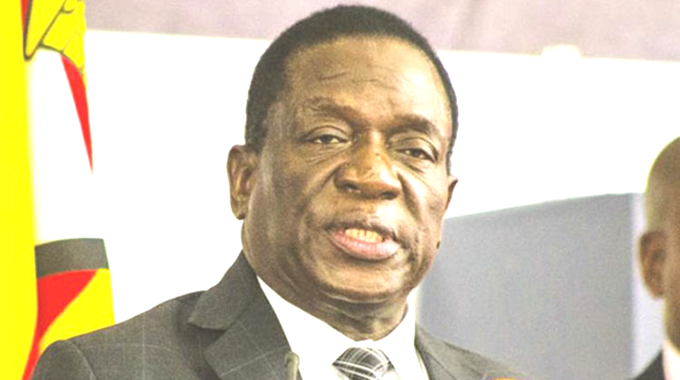A guide to new Zesa tariffs

Leroy Dzenga Features Writer
You are probably wondering why money that used to buy you electricity enough for a month can barely scratch the surface now. It is a long story, but in short Zesa Holdings increased their tariffs and the days of power subsidies seem to be fast flying past us. Well, at least in part.
Zesa are taking a cost reflective approach to power supply, which is the only way they can afford imports from Mozambique and South Africa which are coming at a high cost of US$15 million per month.
But that is besides the case, what many want to know is what is going on with Zesa?
A lot of households are struggling to understand how much they should devote to keep their lights on. The new billing model by the country’s power utility has brought confusion as to how much money is needed by households to last a month.
Zesa is implementing a stepped domestic tariff, this is a costing formula they say promotes fair usage. Under the formula, the amount a household pays will be directly proportional to the scale of power usage.
Power purchases have been stratified into three tariff bands. Because access to electricity is considered an essential need, there is a heavily subsidised first component.
This is referred to as the lifeline tariff, the 50 units of power which every household is sold to at a heavily subsidised rate of 41 cents per kWh.
Every household is entitled to these 50 units which according to Zesa are supposed to power a two plate stove and five lights for a single calendar month. The lifeline tariff was crafted to cater for low income households.
So when people buy electricity, their first $20.50 falls under this category. The second band is where Zesa believes 80 percent of their household customers fall and they consider it to be the optimal use level.
Under this tariff category, electricity costs 91 cents per kWh and here the subsidy is there but relatively lower. Households are only allowed to purchase 150 kWh which adds to the initial 50 kWh to make up 200 kWh which are considered to be enough for a household using power optimally.
At the current cost, this band costs the electricity buyer $136.50. Those who go beyond the first two bands are considered to be heavy users.
At this point there is no subsidy and Zesa relays the unfiltered cost of electricity to the consumer at the rate of $3.87 per unit.
Under this tariff band, there is no limit to what one can buy, as long as the capacity is there on the purchaser’s part. When a single power purchase is made in a household, this kicks in at $157, anything above that is premium rated.
Allegorically, say there are cakes being sold, but the authorities want to regulate how much a person consumes in a single month.
This is to help them ensure everyone gets a fair chance to eat. Assuming all purchases are being made with a credit card, they track the number of slices bought.
The first five slices, are sold at a very low cost of $1. After the five slices, they then increase the price to $5, but one can only buy 15 slices.
The authorities’ research would have shown them that a normal human being needs 20 slices of cake in a single month. For those who want to exceed the recommended amounts, they have to pay a high price of $20 per slice.
Here, the assumption is the authorities have failed to regulate them but the price will.
The principle used by Zesa in crafting the model has traces of the economic law of diminishing returns. The law of diminishing returns is when the continued acquisition or consumption of a product brings reduced benefit with each extra unit.
Is buying a lot of units at once a solution?
Under the current scheme it is easily the worst idea. One simply needs to know the amount of power they need every month and buy exactly that.
Going beyond what you need, will have you placed under a heavy use and the money loses its purchase power with each extra unit outside the fair use threshold.
It is not true that power is cheaper when bought on the first day of the month, but it is definitely cheaper on the first purchase regardless of which day it is made on.
There is nothing otherworldly on this new cost structure though.
Countries that are selling us electricity use it, maybe it is time we copy a good pattern.
In Mozambique, the EDM one of the companies selling power to Zimbabwe price their tariffs cumulatively.
From 0 to 200 kWh, households in Mozambique pay 6.63 Metical (USD 11 cents).
Those who exceed and use between 201 and 500 kWh incur 9.39 Metical (USD 15 cents) per unit.
Heavy users who go beyond 500 kWh pay 9.85 Metical (USD 16 cents) for each kWh consumed.
Perhaps in many years, this is the first time Zimbabweans are getting a feel of how to buy power at emotionally viable costs, the question is, how many will keep their lights on?
Feedback: [email protected]







Comments